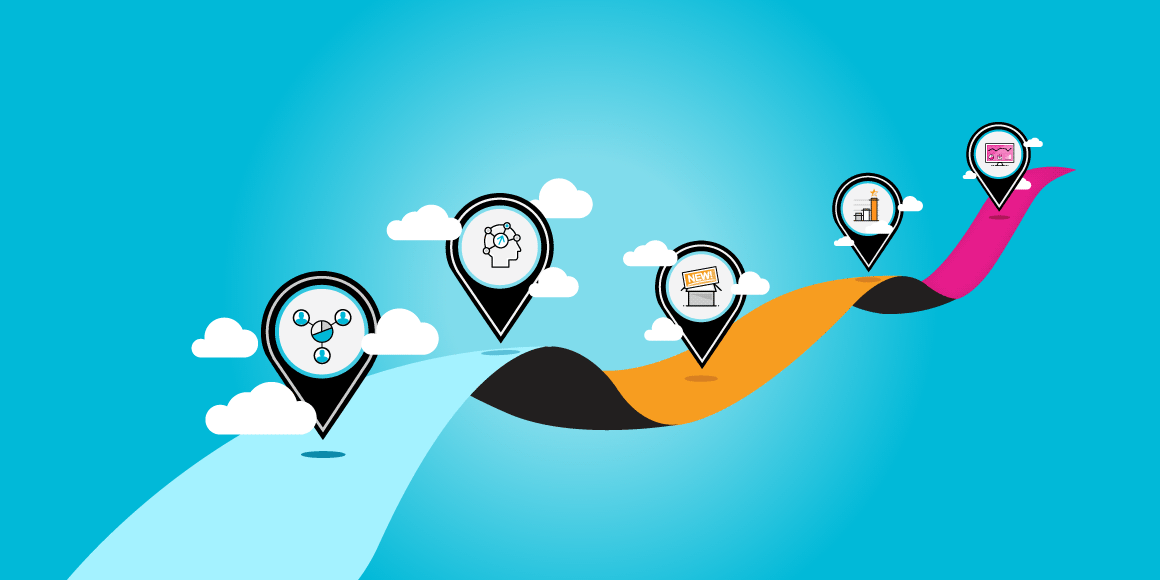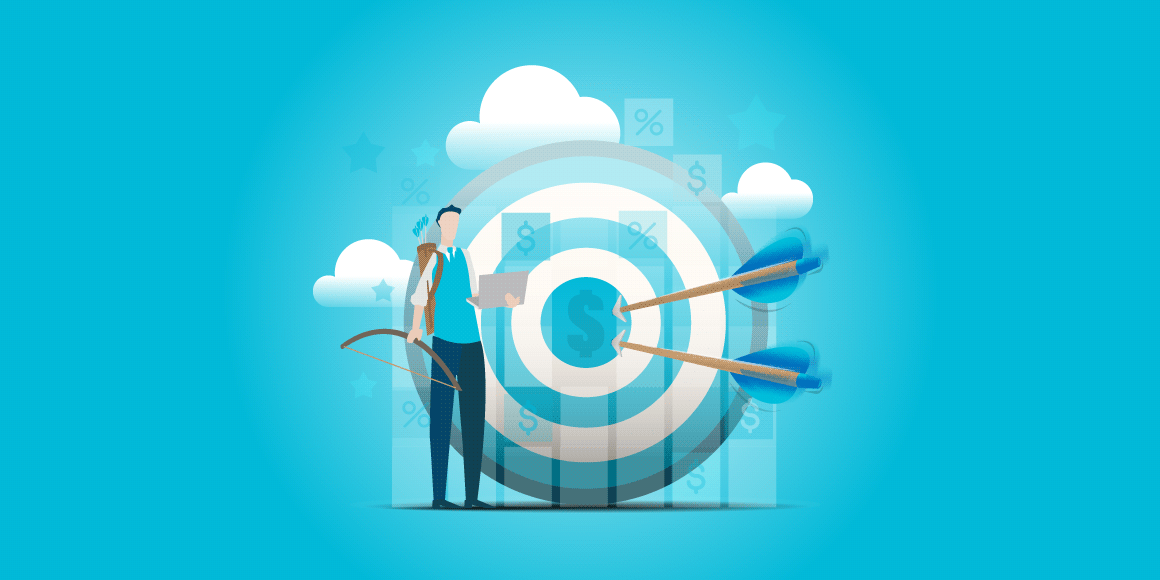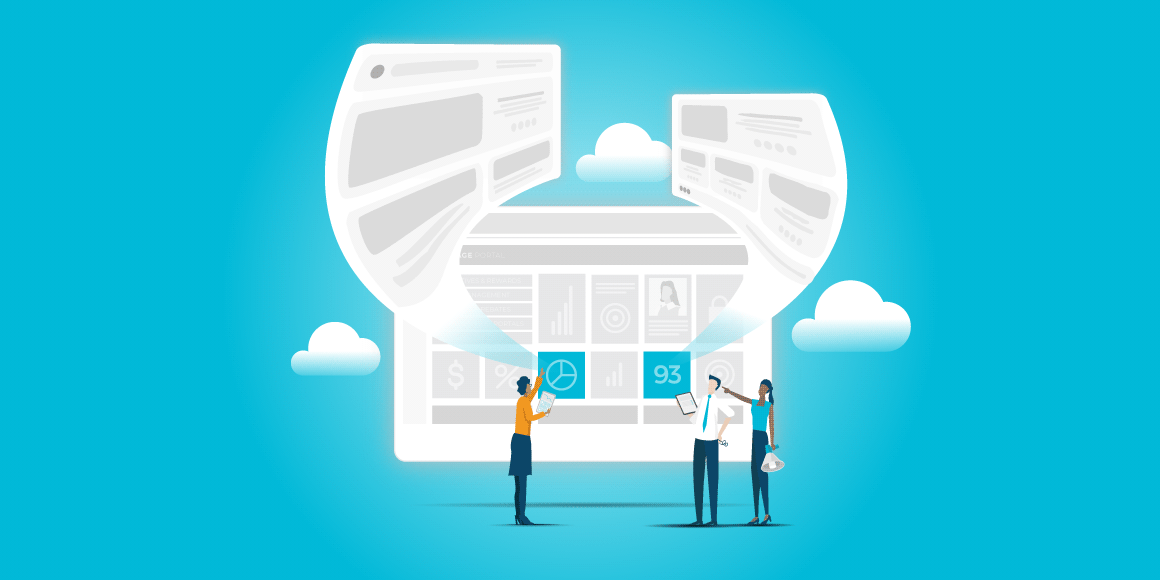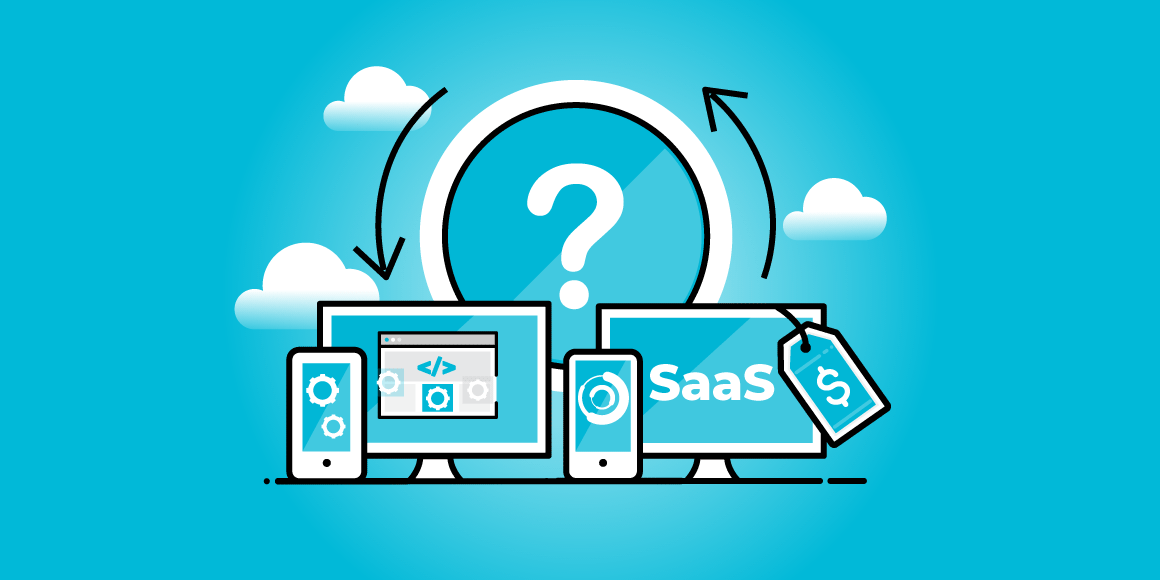The top Issue impacting partners today? The misalignment of their sales process to the digitally connected buyer.
The number one issue impacting channel brands and partners today is the misalignment of the partners’ sales process to the digitally connected buyer. The digital buyer's journey has evolved through the digital transformation of business, but it’s quite likely that your partners' sales cycle is still activity-based as opposed to buyer's journey based. Misalignment causes friction across the partner’s sales process.
Partners are now responsible for a bigger piece of the lead to revenue cycle, which means that partners must take responsibility for engaging with the buyer through most of their buying cycle. A successful partner sales process needs to move away from a process designed around sales activities, to one that aligns with the buyer's position in the buying process.
If we view the partner sales cycle, it's changed from transactional into one that requires prospects to be nurtured for months or years before they turn into sales opportunities. It’s critical to educate partners about how to connect with each buyer at each phase of the journey. Behavioral incentives can make the difference in helping partners modify their behavior and start using proven techniques and methodologies designed around the buyer's journey.
The Evolving Buyers Journey:
Initially, the buyer isn't really sure about what they need to know. They're looking to entertain change, and it's the partner's job to make sure they have the content that will allow that buyer to form opinions. During the next phase, exploring possible solutions, the buyer is doing their homework and the partner must supply the right information to help them along the journey, so that they are considered in the final phase - selection. Starting with the education phase, moving to a solution phase, and finally into a selection phase, behavioral based incentives have a big impact on ensuring your partners modify their sales behaviors towards the right buyer's journey.
Incentives Modify Partner Behavior and Manage Alignment:
Start by identifying your buyer's journey, then introduce your partners to the concepts of demand type, stages of the buyer's journey, and how to align solution messaging with demand type. Focus your training on helping partners evaluate the demand type and buyer journey for specific audience and offerings so that they can start the conversation with the buyers. Once that is done, it’s all about delivering the right content at the right stage of the buyer’s journey. You should also evaluate the sales cycle of the partners themselves, and identify what skills are needed to onboard new partners and shorten their time to revenue, as well as understanding the lifecycle of a given transaction, from demand creation to sales closing and renewals. These considerations will yield the skills and behaviors needed to align your incentives to your partner sales cycle, so you can influence those behaviors with incentives and different types of incentive programs, which will help you align the buyer's and partner journeys.
Behavioral incentive models should be designed around lead generation, lead management, and early opportunity registration. You will want to move away from just rewarding for transactions, to addressing everything from qualified leads to the closed deals. Align incentive programs to focus on both company level behaviors, and individual level behaviors and skills. Demand generation and pipeline attainment are company level incentives while lead follow-up and opportunity registration are incented at the individual level. Marketing and demand generation activities are essential to both drive and support rapid business model transformation.
Keep in mind that education, it’s not just about your product. Offer your partners marketing certification programs that strengthen their expertise. Also offer marketing enablement/demand generation tools such as self-service demand creation campaigns, pre-packaged marketing campaigns, and compelling incentive programs that motivate both the partner organization and their teams to actively participate in this new way of doing business.
Remember, you need to recognize that a successful sale is a result of a string of productive activities that, when combined, lead to that sale, lead to that transaction. This is especially true for products and services with long sales cycles, where many different sales marketing and product processes are in alignment to generate leads, to nurture opportunities and maintain engagement through an increasingly complex buying process. The reality is that you don't really need to put incentives at every stage of the journey, you just need to identify those areas that are weak and need to be changed, and then choose the right incentive to advance that one area in need of improvement.
Today channel marketers must keep the buyer's journey and partner sale cycle in mind when designing and structuring their incentive programs, as properly applied incentives will ensure partner's sales team modify their behavior towards understanding and aligning to the new buyer's journey.
Learn more about 360insights and our incentives programs here.






